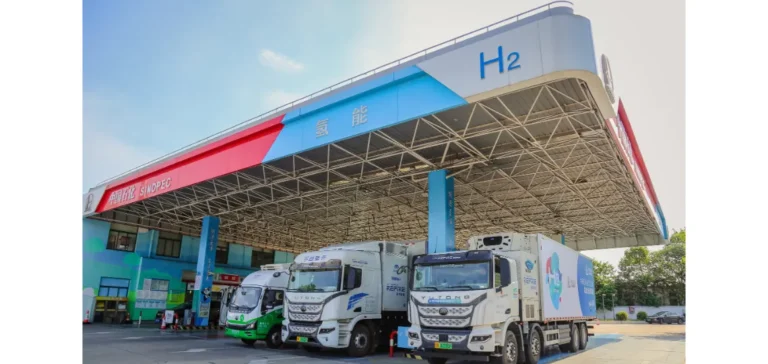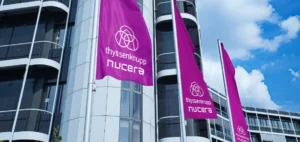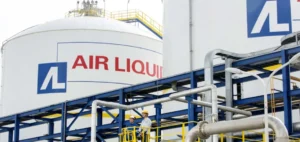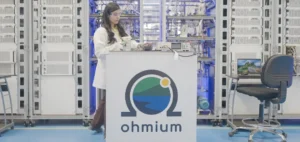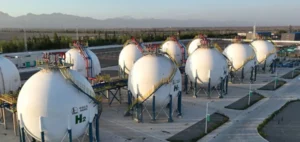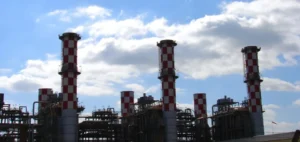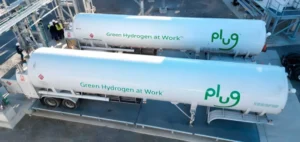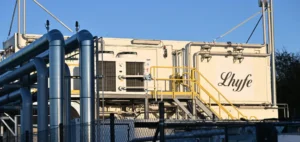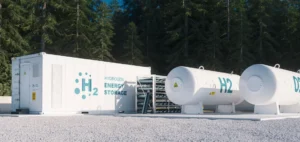China Petroleum & Chemical Corporation (Sinopec) announced the completion of a 1,500-kilometre journey linking five Chinese provinces using hydrogen-powered logistics vehicles, as part of its hydrogen corridor initiative along the Yangtze River. The route began at the Qingwei Integrated Energy Station in Qingpu District, Shanghai, and ended at the Zhijiang South Service Area in Yichang, Hubei Province.
Three trucks of different models completed the journey, refuelling at six Sinopec hydrogen stations. The itinerary covered the municipalities and provinces of Shanghai, Jiangsu, Anhui, Jiangxi, and Hubei, demonstrating the viability of long-distance transport for heavy-duty hydrogen vehicles. The convoy is part of a series of large-scale tests undertaken by Sinopec in interprovincial hydrogen mobility.
Expanded network in Eastern and Central China
This Yangtze River corridor now interconnects the existing Shanghai-Jiaxing-Ningbo and Wuhan-Yichang urban routes. These links add to previously established intercity corridors: Beijing-Tianjin, Chengdu-Chongqing, Jinan-Qingdao, and the Western Land-Sea Corridor connecting inland regions to southern ports.
Sinopec currently operates a network of 146 hydrogen stations and 11 supply centres. The company plans to extend the Yangtze River axis to reach the Chengdu-Chongqing corridor, creating an unbroken hydrogen logistics path between eastern and western regions. This infrastructure aims to secure hydrogen supply for commercial heavy vehicle fleets.
Deployment strategy based on industrial routes
The routes follow key economic zones, integrating high-density industrial hubs. This approach enables real-world testing of hydrogen transport under operational conditions while assessing extended-range fuelling requirements.
According to internal company data, the operation validates the technical capacity of its infrastructure and sets the groundwork for further expansion southwest. No specific timeline has been disclosed for the extension, though logistical integration between corridors is underway.
Platforms designed for heavy-duty logistics
The refuelling stations used along the route are part of multi-energy platforms designed for heavy trucks. This positioning supports industrial transport development, especially in sectors with high kilometre intensity.
The project is part of a programme to optimise regional supply chains. Sinopec is developing its corridors with maximum compatibility between stations, vehicles, and regions, ensuring uninterrupted distribution and access.


